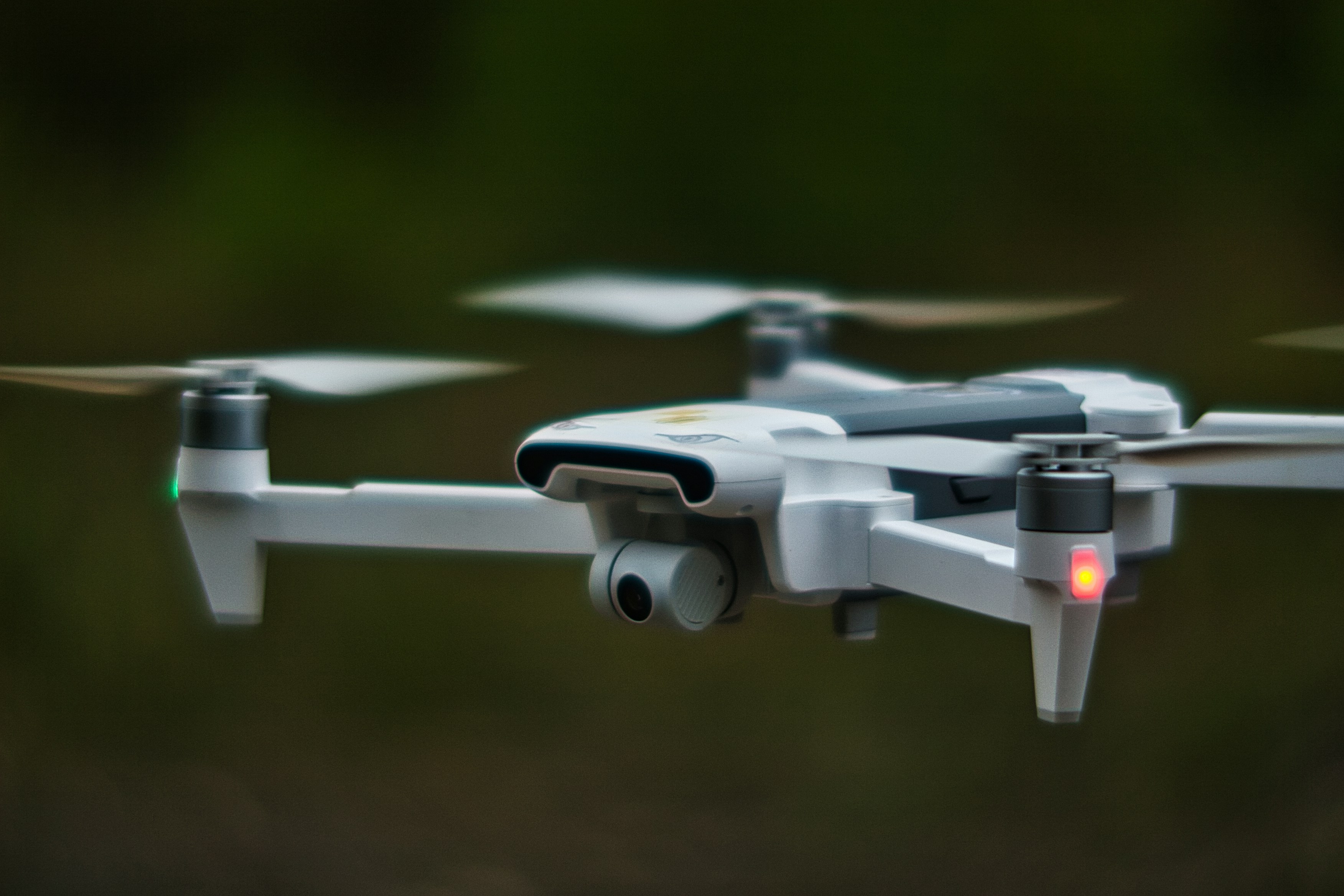Overview
This position description is subject to change at any time as needed to meet the requirements of the program or company.
Working across the globe, V2X builds smart solutions designed to integrate physical and digital infrastructure from base to battlefield. We bring 120 years of successful mission support to improve security, streamline logistics, and enhance readiness. Aligned around a shared purpose, our $3.9B company and 16,000 people work alongside our clients, here and abroad, to tackle their most complex challenges with integrity, respect, responsibility, and professionalism.
Under the United States (U.S.) Army Intelligence and Security Command (INSCOM) Global Intelligence Logistics and Engineering (GILE) program, Team V2X will provide:
- Global multi-disciplined engineering;
- Facilities;
- Sustainment and maintenance of non-standard (non-Program of Record) and Program of Record intelligence systems to include the integration of new intelligence technologies and capabilities;
- Portal management;
- Hardware design and integration;
- Network management;
- Technology development and application;
- Supply chain / logistics support to INSCOM, U.S. Army Cyber Command (ARCYBER), Army Intelligence, Joint Forces, Combatant Commands, and the Intelligence Community (IC).
This position is contingent upon successful contract award to V2X.
Responsibilities
- Conduct Production Control and Quality Assurance within an Intelligence Maintenance Support Activity.
- Forecast, Schedule and Work Loading within an Intelligence Maintenance Support Activity.
- Perform installation, integration, configuration, employment, preventive maintenance, precision alignment, detailed and complicated diagnostics, troubleshooting, corrective maintenance, electronics monitoring and teardown of complex Command, Control, Communications, Computers, Intelligence, Surveillance, and Reconnaissance (C4ISR).
- Support national cryptologic systems supporting SIGINT, FISINT, GEOINT, HUMINT, CI, TECHINT, OSINT, and All Source Intelligence for tasking, collection, processing, exploitation, production, and dissemination at all echelons from tactical to national in multi-domain environments.
- Conduct installation, de-installation, reconfiguration, modification work orders, and updates of computer hardware and software in local, regional, or global intelligence architectures including NIPRNet, SIPRNet, JWICS, NSANet, Special Access Programs (SAP) networks and coalition networks.
- Assist with configuration assessments, fielding, testing, modernization, reset, de-fielding, demilitarization, and disposal of sensitive equipment.
- Inspect, test, diagnose, troubleshoot, repair, and perform preventive maintenance on complex antenna and radio frequency distribution systems.
- Perform tests on electrical, electro-optical, and electro-mechanical equipment using multi-meters, oscilloscopes, signal generators, spectrum analyzers, bit error rate testers (BERT), signals survey equipment, and other complex and specialized test measurement and diagnostic equipment (TMDE), wire diagrams, logic and signal flow charts, technical manuals, troubleshooting charts, performance aids, schematic, and logic diagrams.
- Perform harmonic distortion test, wave ratio measurements, impedance mismatches measurements, reflectometry test, and other distortion tests to isolate faults and take corrective action.
- Repair phase matched and fiber optics cables.
- Perform pre- and post- flight inspections on Aerial-Intelligence, Surveillance, Reconnaissance Systems (A-ISR) mission equipment and data links.
- Conduct Resourcing Repair Parts within an Intelligence Maintenance Support Activity (IMSA).
- Manage a calibration program.
- Conduct maintenance training.
- Manage a safety program for an IMSA.
- Prepare equipment for transportation or shipment.
- Prepare maintenance forms and records.
Qualifications
Education / Certifications:
- Bachelor’s Degree from an accredited college / university and six (6) years of recent specialized experience or civilian equivalent in MI Systems maintenance and Integration; OR
- Associate's degree in Electronics from an accredited college / university, OR civilian equivalent, AND/OR military training (such as 35T) and seven (7) years of recent specialized experience in MI Systems Maintenance and Integration.
- Possess IAT Tier I and II as applicable for the roles and functions of computing environment positions.
- Government reserves the right to require Tier III certification for any positions performing IAT Level III functions (six months waiver authorized with verified Tier II certification).
Security Clearance Requirement:
- Must be a US Citizen with Final Top-Secret Clearance based upon a TIER 5 Background Investigation, and favorable eligibility determination for access to Sensitive Compartmented Information (SCI) IAW ICD 704.
- Some positions or assignments may require a Counterintelligence (CI) Scope Polygraph, especially those requiring access to TDN2.
Experience / Skills:
- Six years of experience with maintenance and integration of at least two of the following systems:
- Guardrail Common Sensor (GRCS);
- GRSC Operational Ground Station (OGS);
- Enhanced Medium Altitude Reconnaissance Surveillance System (EMRSS) mission equipment;
- Equivalent A-ISR system;
- Tactical Command Data Link (TDCL);
- Distributed Common Ground Station - Army (DCGS-A);
- Software defined SIGINT collection platforms;
- Biometrics collection, processing, exploitation, and dissemination equipment;
- CI/HUMINT support systems;
- TROJAN systems or integration and maintenance of satellite communication terminals providing NSANet;
- TENCAP systems;
- Intelligence non-standard equipment.
We are committed to an inclusive and diverse workplace that values and supports the contributions of each individual. This commitment along with our common Vision and Values of Integrity, Respect, and Responsibility, allows us to leverage differences, encourage innovation and expand our success in the global marketplace. V2X is an Equal Opportunity / Affirmative Action Employer. All qualified applicants will receive consideration for employment without regard to race, color, religion, age, sex, national origin, protected veteran status or status as an individual with a disability. EOE/Minority/Female/Disabled/Veteran.
#J-18808-Ljbffr


